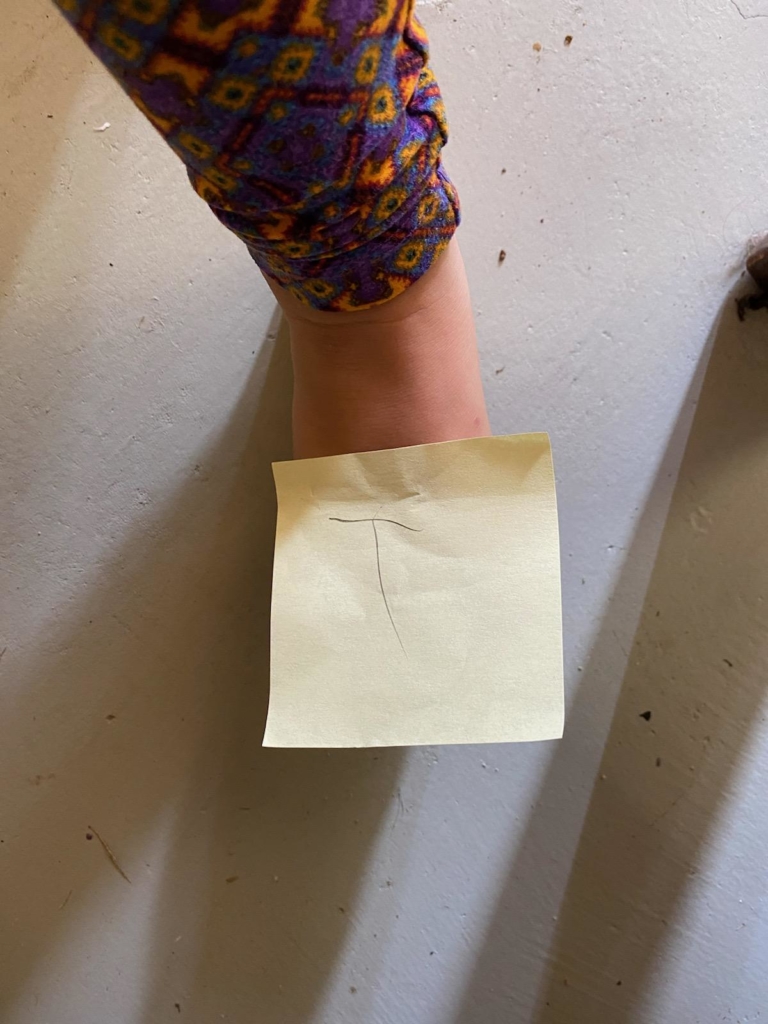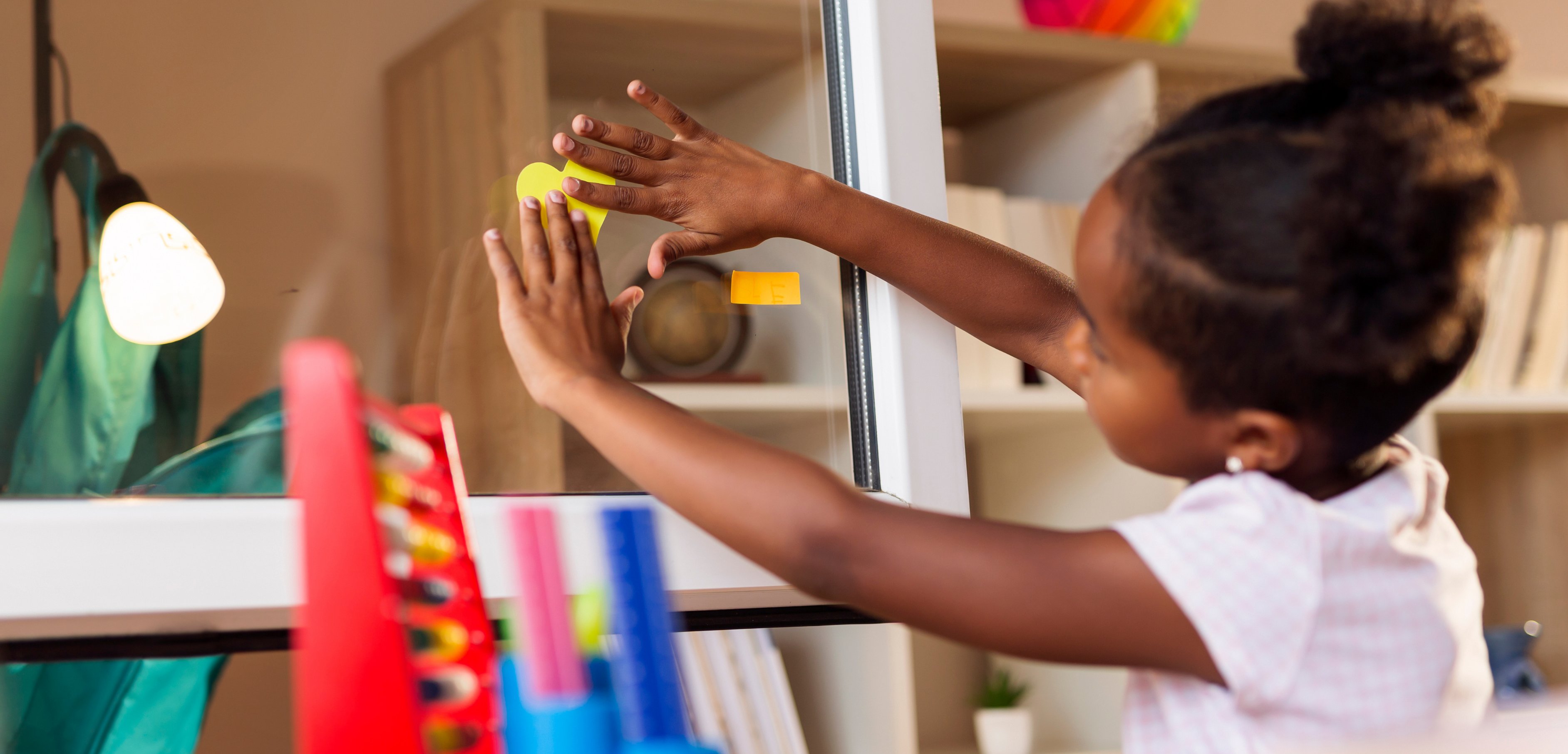By Chrysta Naron
Playing Sound Search is a delightful way for kids to learn letters and their sounds. Plus, this fun alphabet game engages children during days cooped up inside. They’ll crawl, climb, run, and spin looking for just the right items to match their letters.
Reading letters and practicing their corresponding sounds can sometimes feel a little abstract for kids. They can make the right sound when shown a letter on its own, but learning to isolate that same letter sound in a word—that’s tough. When children go around looking for something that starts with a specific sound, they have to really focus and break down the sounds in a word.
This easy at-home literacy activity gets kids to connect letter sounds to words, all while having the fun of solving a tiny mystery. What’s in your house that starts with B? Books, bottles, beds? How about looking for things that start with L? Lamps, legs, Legos? The list goes on!
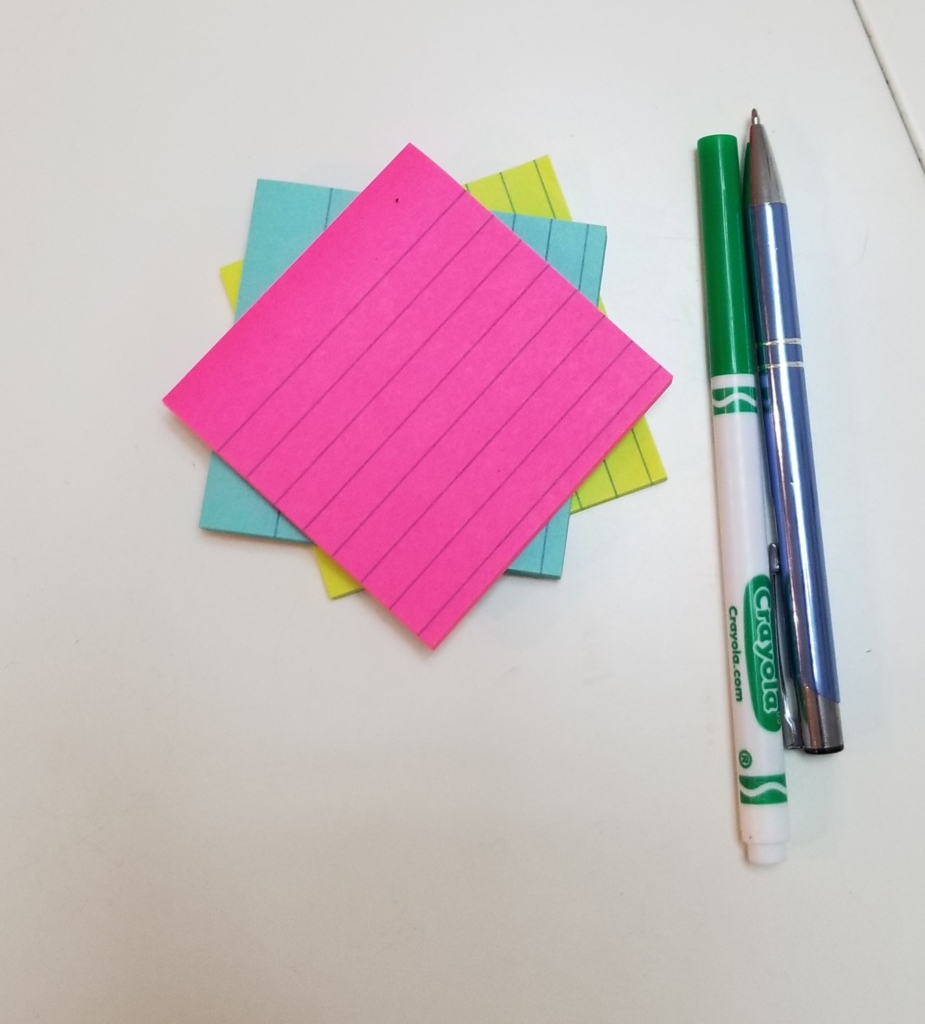
Materials Needed:
- Sticky notes
- Pen
Cost: ~$4 for sticky notes
Step 1: Choose a single letter at a time. I recommend choosing letters commonly found at the beginning of words, such as A, B, T or S.
Step 2: Write the letter on five sticky notes. Or better yet, help your child write it. For maximum learning, write the letter in different ways—capital and lower-case, even cursive if you want. This will help kids connect all the different letter shapes to its sound.
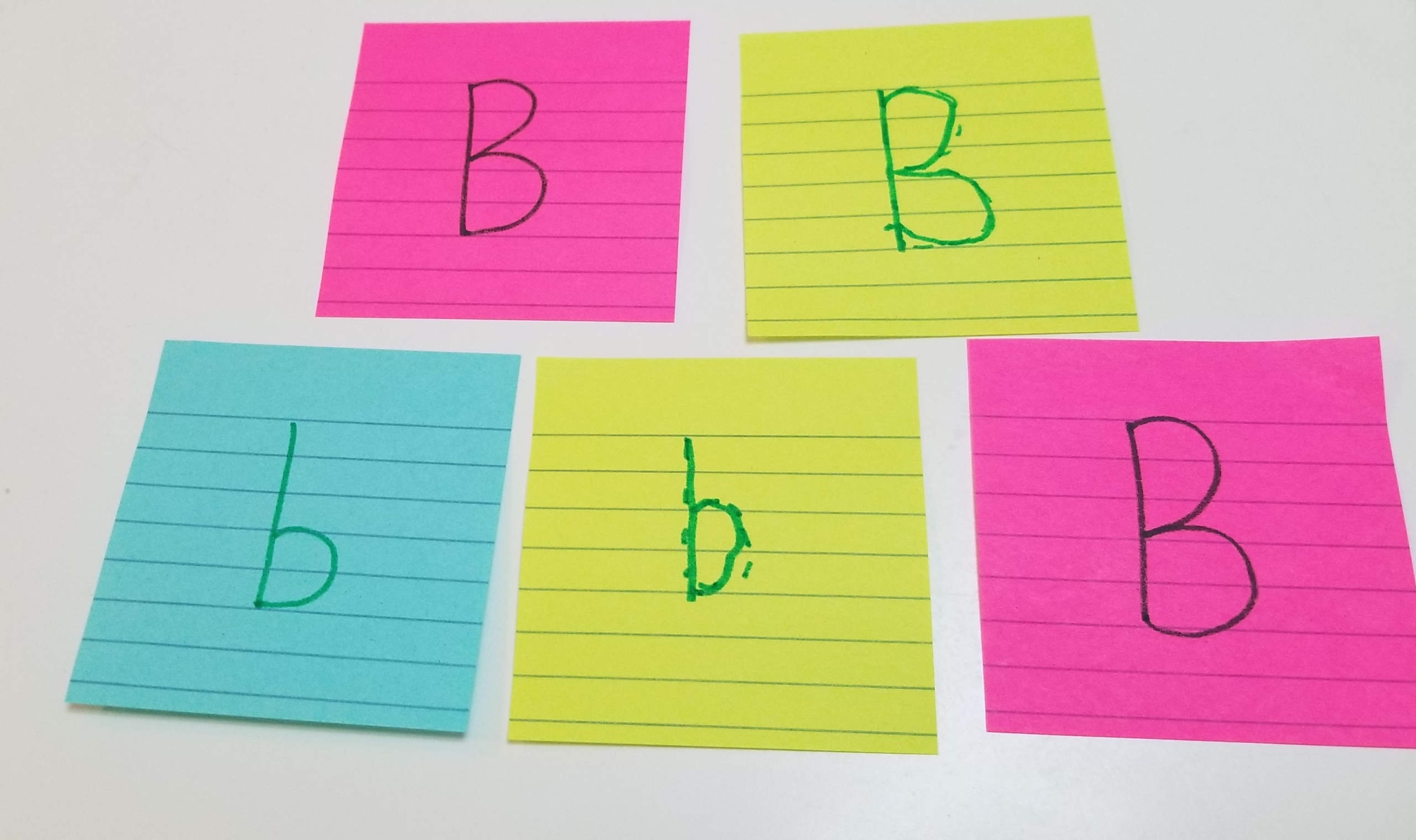
Step 3: Review the sound the letter makes. For vowels, you can review just the short vowel sound (e.g., A as in “apple”) or, if your child is ready for it, go over both sounds the vowel can make.
Step 4: Explore the house with your child to find items that begin with that sound. When they find one, they get to stick a sticky note on it!
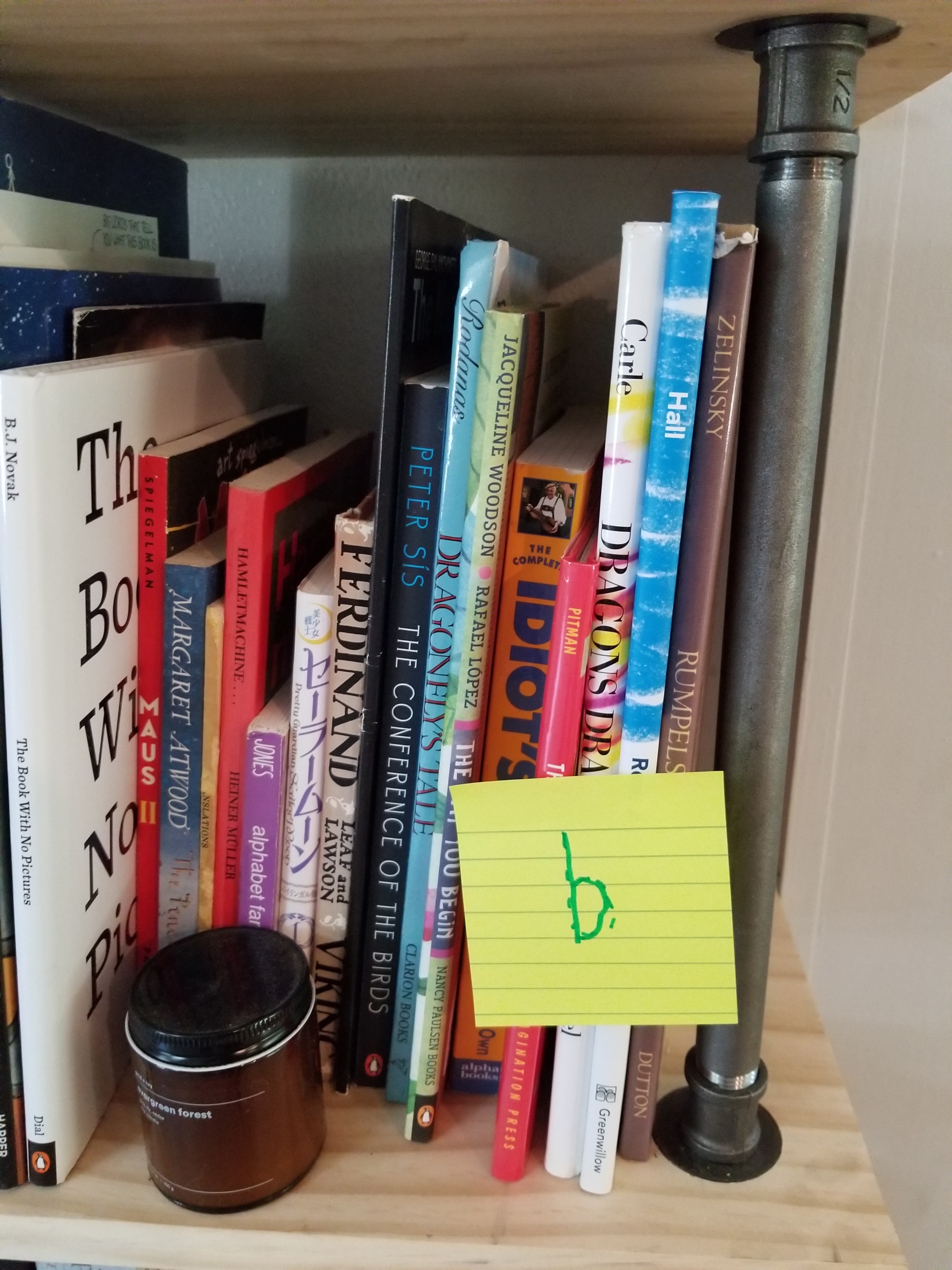
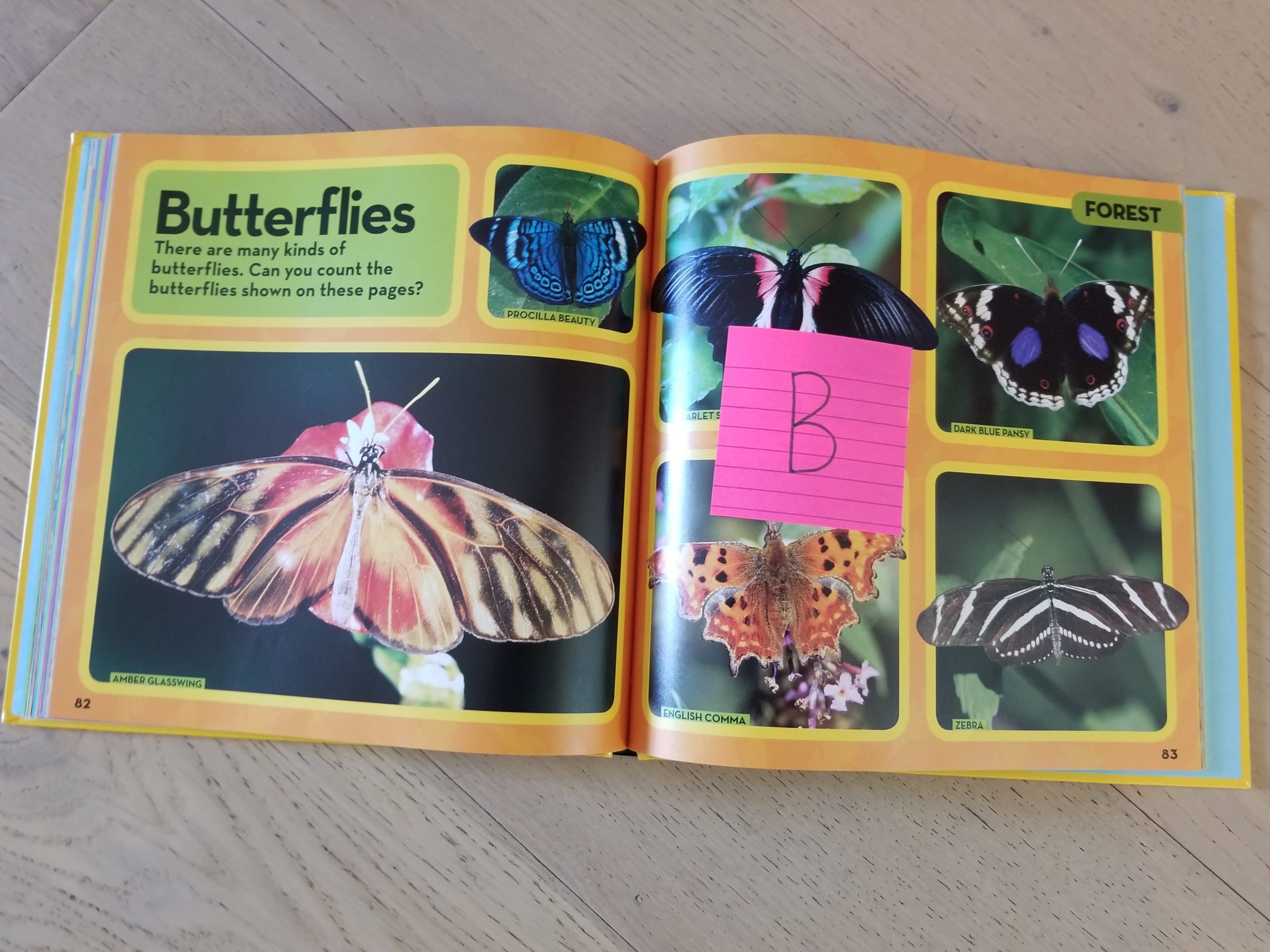
Step 5: When all five sticky notes are gone, go back to the pad and start again with a brand new letter!
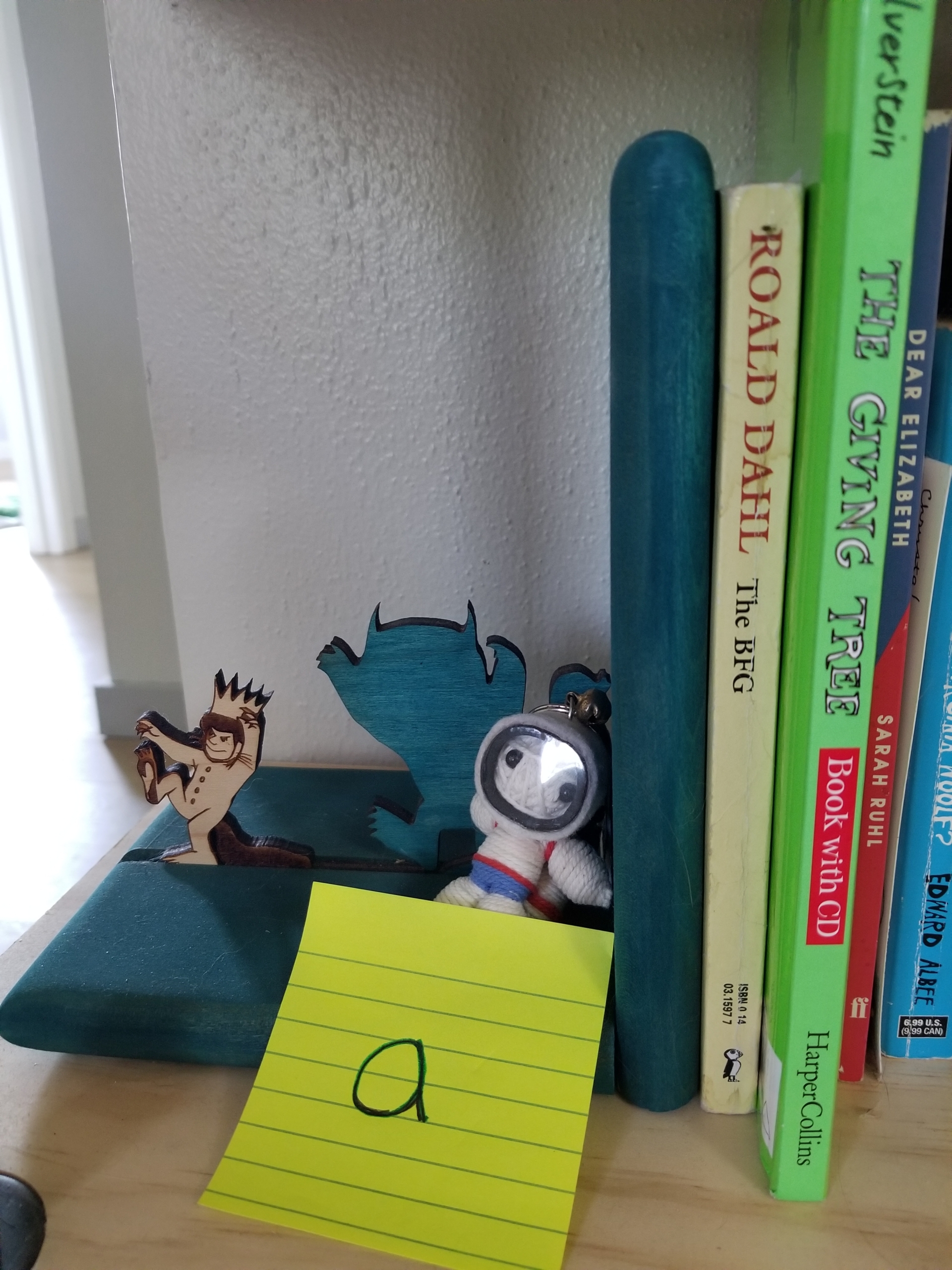
When playing Sound Search, it’s fine to guide or give clues to your kids, but try not to give away the answers. They’ll develop stronger auditory skills and you’ll both enjoy a lot of laughter and surprises. The last time I played this game, my five-year-old playmate stuck the letter T on her little sister, because “she has toes”—and who can argue with that?
